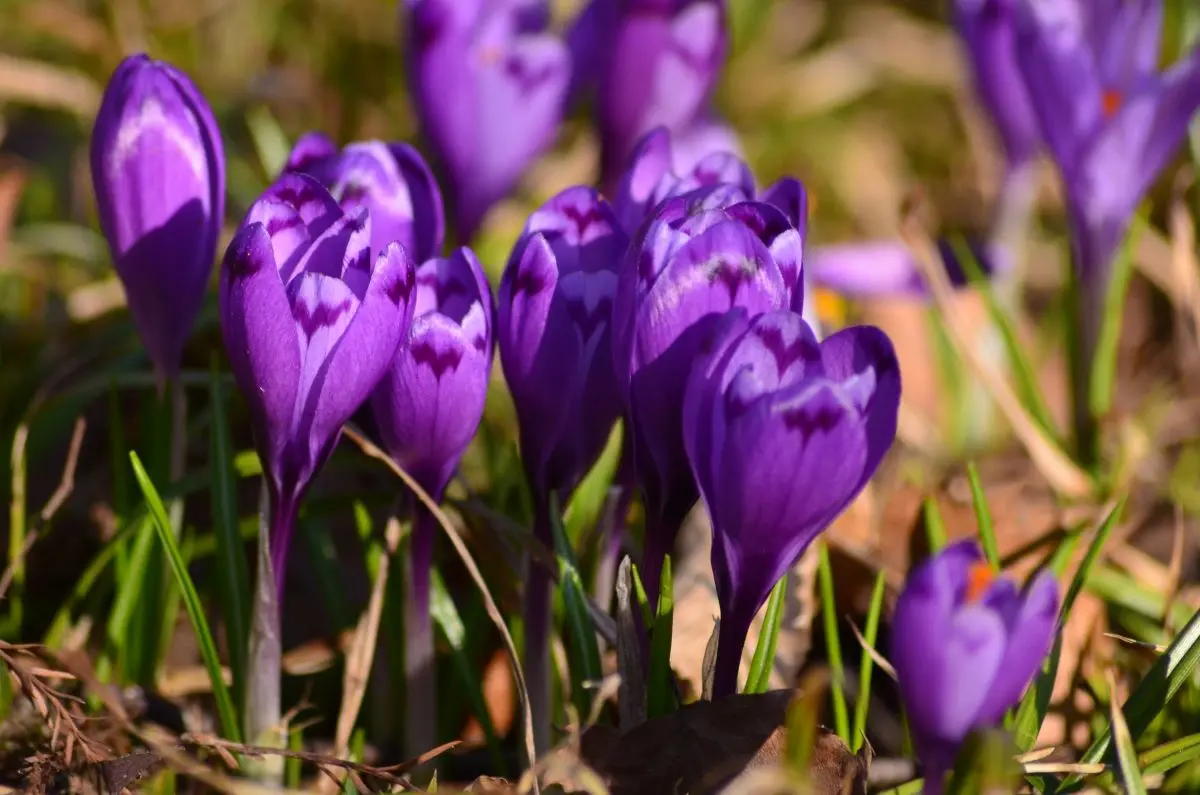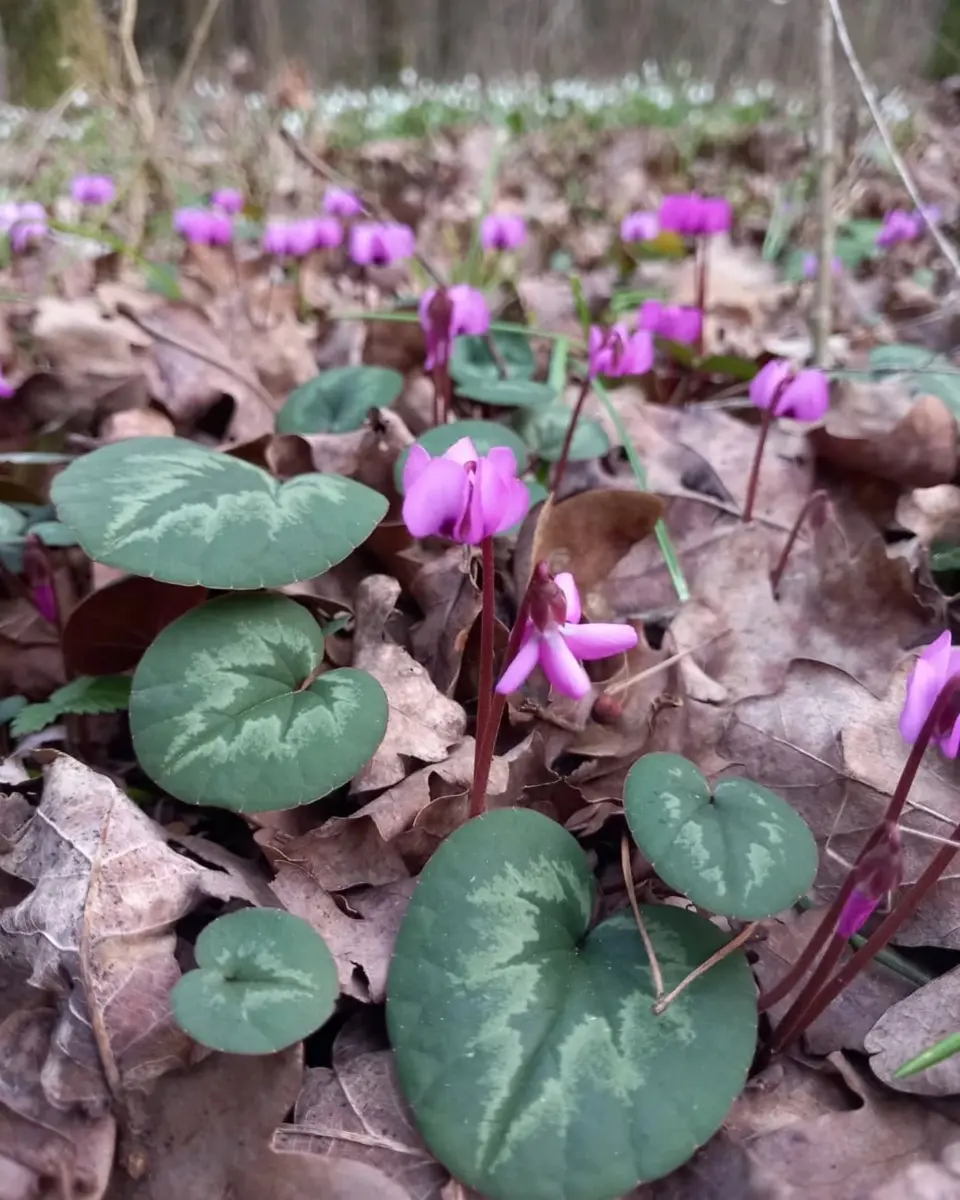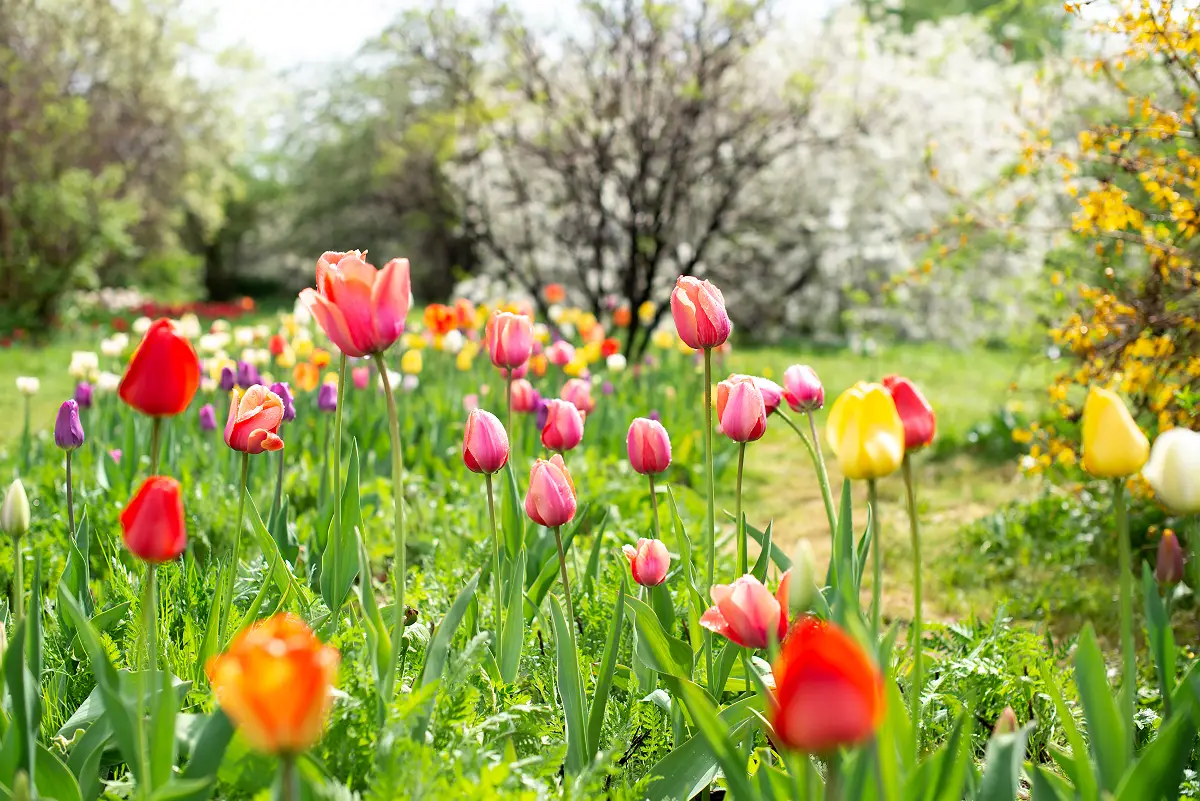
Helyszín címkék:
Awakening gardens
Hajdú Gábor
The first messengers of spring
Numerous historic gardens organise snowdrop festivals during spring. One of the most significant collections can be found in the Alcsút Arboretum, where you can see the extraordinary snow white snowdrop field of two and a half hectares, which is unique in the country. Visitors can enjoy the spectacular view in twenty-four varieties of seven Mediterranean snowdrop species. The Budakeszi Arboretum, which is a highly protected area of the Buda Nature Conservation Area, can be found on the border of Budakeszi, Páty and Telki, next to the forester’s house of Hidegvölgy. In the garden awakening from the winter sleep, cyclamens variegate the snowdrop field, but crocuses will also bloom soon, indicating also the start of spring.
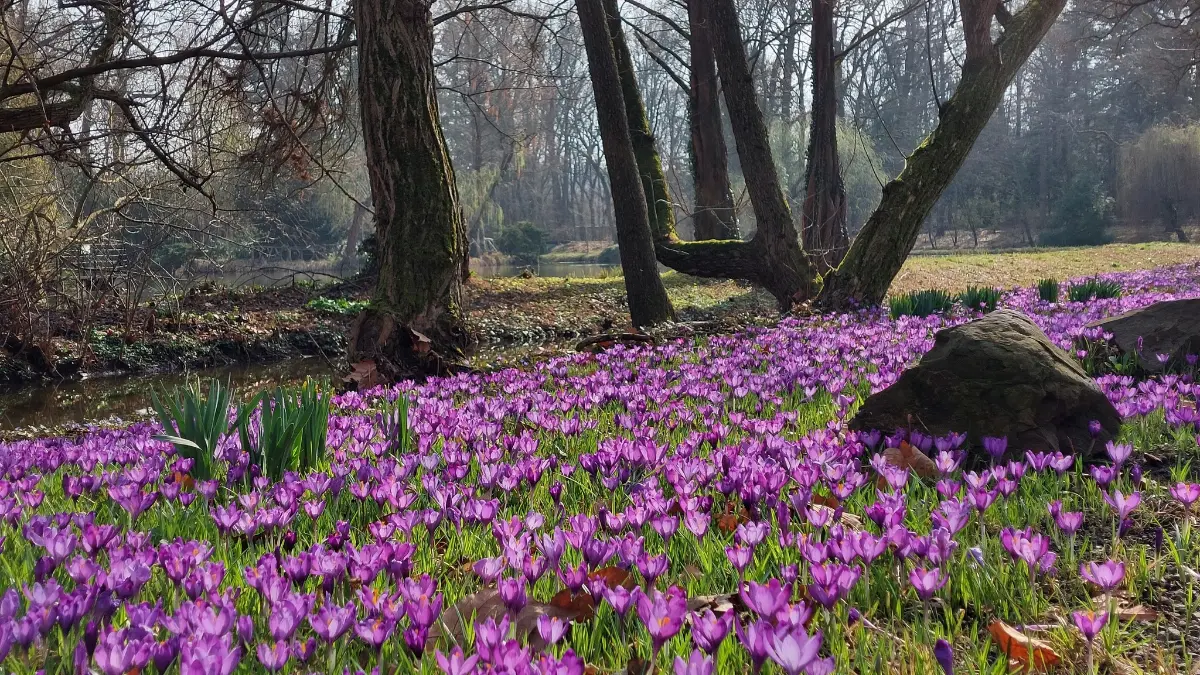
Curiosities
Tulip, hyacinth, narcissus – in most cases these species come into our mind when speaking about spring flowers, however, numerous flower curiosities can be found in our garden collections – so in the National Arboretum of Vácrátót as well, which is the richest-in-varieties live plant collection of the country. Quantity of blooming lilac Crocus heufellianus Carpathian Wonder covers the border of the Sződrákosi watercourse running through the garden. The protected Carpathian Wonder is a native species, living in two inland habitats in Hungary, Bereg and Bakonyalja, on the openings of hornbeam-oak and park forests. It features the dark V-shaped mark on top of each petal, which distinguishes it from the other similar crocus species. Since it does not have any stem above the ground, it grows fruit in the soil. The three-edged opening capsule will come up to the surface only after the ripening of the seeds. In addition, you can also find here bulbous Irises offering spectacular view in the spring sunshine and sweet-smelling Hellebores enthralling several organs.
Classics retuned
Although the Jeli Arboretum in Szombathely is famous for the blooming of rhododendron becoming full in May, it is worth visiting the garden in early spring, too. The Jeli Arboretum will be open for visitors from 1st of April; you can get there by turning from the main road 8 in the vicinity of Kám. The newest attraction of the magic garden is the Wisteria Resting Point. A wooden pergola of 13 meters long, 4 meters wide and almost 4 meters high has been installed on the rise looking at the Japanese Lake and Japanese Forest, and the Wisteria will ring about it in three colour tints. Have a rest under the one-meter lilac, pink and white panicle of this special plant. In addition, you can admire more than 10 varieties of narcissus and numbers of ferns, crocuses and lilies.
The most popular

Undoubtedly, one of the most popular flowers of spring is tulip. The flower originally was native in Middle-Asia, brought into Europe by the Turks. As a point of interest, the first Stock Exchange crash of the world is also connected with the tulip: in the Netherlands people were enraptured with the flower to such extent that there was huge demand for the bulbs, so the prices reached the sky. The price of tulips topped in 1637, then suddenly oversupply caused prices to fall. The bulbs lost value, for this reason many who invested huge amounts in the flower bulbs, became poor. This story is mainly about human greediness, which luckily did not influence the flower’s popularity, having been unbroken since then. You can enjoy the timeless beauty of tulips in numerous castle gardens in the parterres, the garden sections connecting closely to the building. One of the most significant from these is the Festetics Castle, where in spring Tulip Festival is also organised to pay homage to the flower.
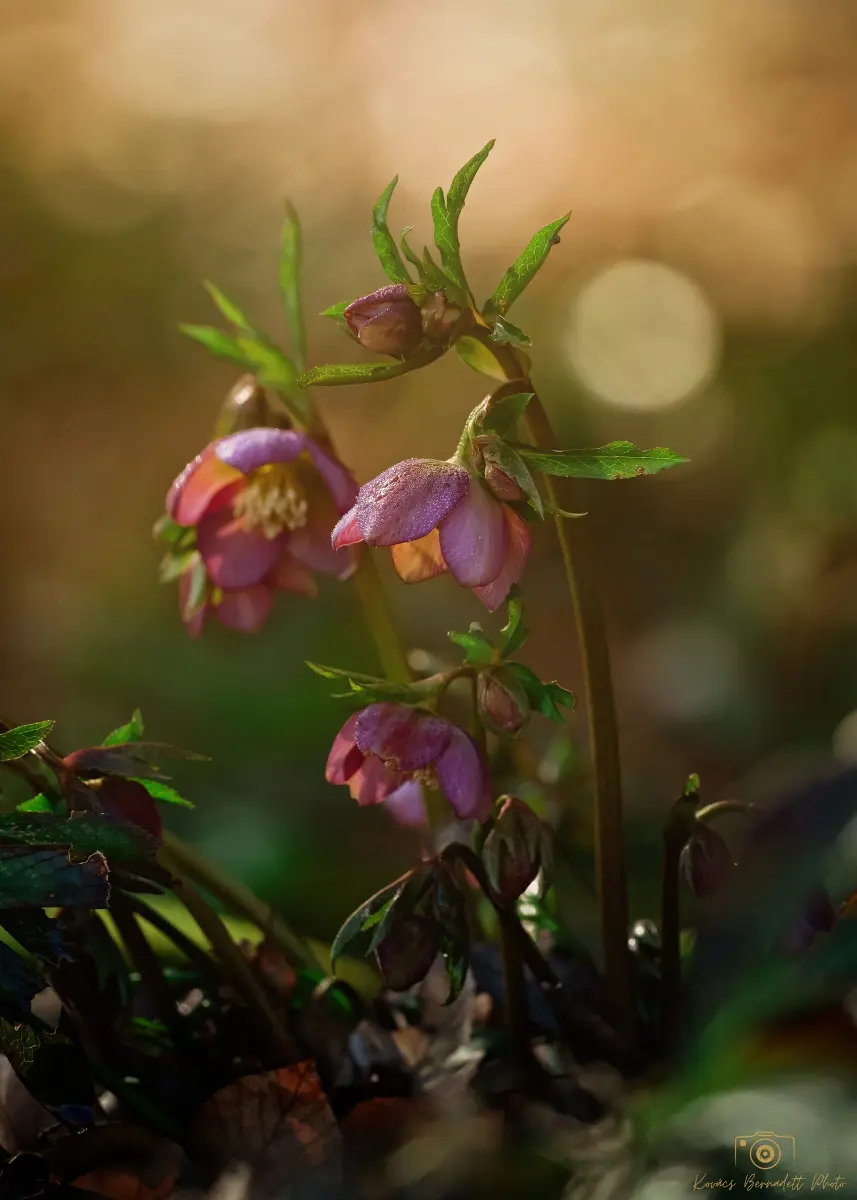
Photo: Bernadett Kovács
Royal flowers
Although mainly bulbous plants delight us with blooming, the chief attraction of spring is still connected with the woody plants. They offer a magnificent view on themselves as well, but they are incomparable when lined up. One of the largest botanical gardens of the country can be found in Szeged, where you can see trees, bushes, annual plants, perennials and herbs as well. In spring, one of its most beautiful spectaculars is the Japanese Garden consisting of two sections. In the Japanese Garden of the Botanical Garden, hanami that is flower viewing is also held in spring when you can enjoy the blooming cherry trees and Japanese plum.
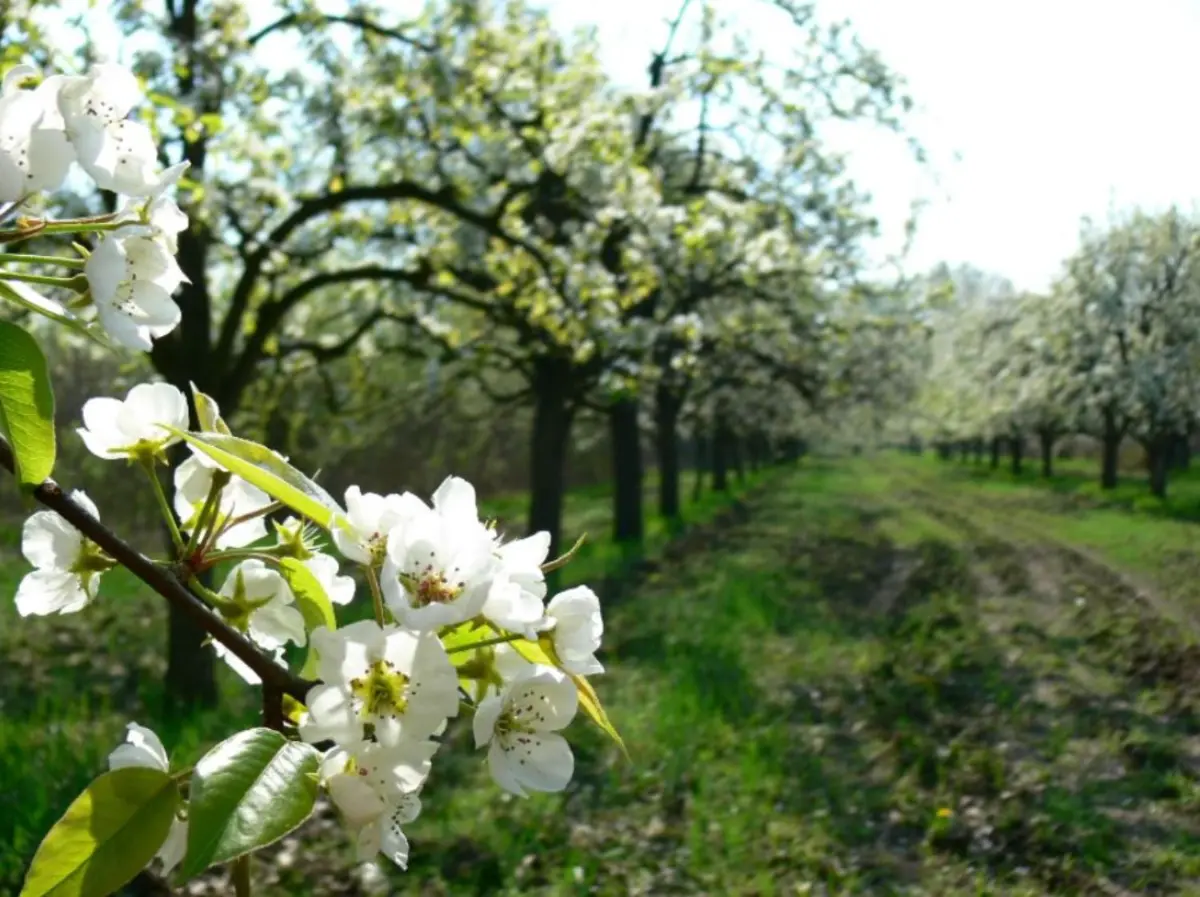
For a truly incomparable experience, visit the famous cherry trees in Nagykörű. The small village is located along the River Tisza in Jász-Nagykun-Szolnok County, with one of its greatest prides being its cherry tree plantations. On the 200ha area, more than 100 varieties of cherry tree offer a wonderful sight. The Körű Basin has extremely favourable climatic and soil conditions for the cherry, so you can find blooming trees in many places in the vicinity during the season of cherry blossom. The most cherry trees of the village can be found in the church garden of Nagykörű.

